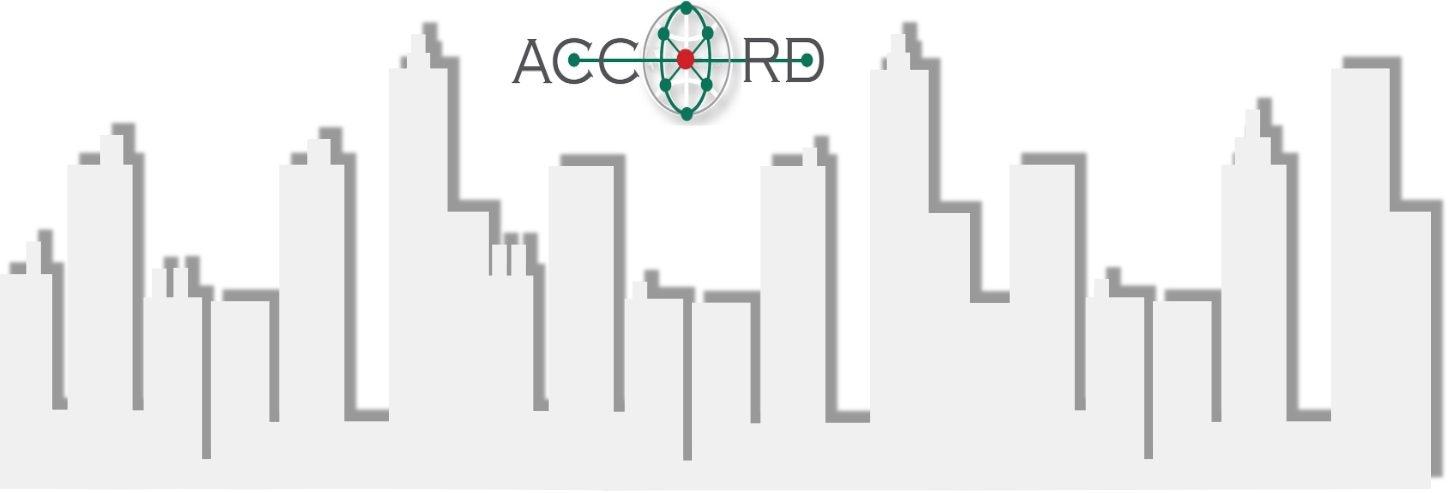In the UK, Cardiff University has led the way, through its D-COM network, by proposing the digital compliance ecosystem to help construction companies navigate the complex regulatory landscape with greater ease and certainty.
The digital ecosystem also addresses the need for a more “holistic and systems-based approach and enable greater cross-referencing between technical requirements and wider legislative requirements”.
This ecosystem consists of open-source software tools that allow:
- the hosting of digitised construction regulations that use RASE
- executing these regulations on an open source rule engine and
- a set of open APIs to enable the rule engine to communicate with existing compliance tools

A Descriptions for each component of this Ecosystem are as follows:
-
- Compliance Document Service: A software service that provides the storage, retrieval, querying updating, and management of digitised compliance documents stored in a machinereadable format each of which applies within any given jurisdiction.
- Rule Engine: A software service that provides a compliance checking engine. It can execute a compliance check against any given Compliance Document by receiving and retrieving data from a set of sources, including Building Information Model data.
- Results Service: A software service that provides the storage, management and retrieval of results of compliance checking.
- Service Lookup: A software service that provides a directory of other services within the Digital Compliance Ecosystem.
- Dictionary: A software service that provides the ability to translate between the differing semantics of documents and industry data formats, including the ability to translate the terms that are commonly used inconsistently across languages and technical domains.
A variety of external tools, data sources and user interfaces will also be able to interface with the Digital Compliance Ecosystem through our open APIs.
-
- Compliance Simulation and Analytical Tools: A tool (i.e., energy analysis) that performs a specialised task, but whose result data is required as part of the compliance checking process.
- Asset Model Source: A service that can provide asset model data (i.e., BIM). Examples of this could include a model server, or a common data environment.
- Other Data Sources: Other Data Sources that can provide other types of data (such as product data and geolocation data) to contribute towards the compliance checking process.
- Compliance Document Viewer: A viewer that can render a Digitised Compliance Document in a human readable form. This could include tools to interactively navigate the document, or, for example, produce a PDF document output.
- Digitised Compliance Document Editor: An editor designed to allow the user to create and update Digitised Compliance Documents, their content and embedded logic, thereby, digitising, requirements, standards, or guidance clauses.
- Case Management Tool: A tool (or set of tools) designed to initiate and manage the process of submission and assessment of automated compliance checking.
- Result Viewer and Analytics Tools: A result viewer and analytics tool that can provide an interface for displaying and analysing the results of compliance checking.
All the tools are available on GitHub here.
In summary, the digital compliance ecosystem proposed by Cardiff University represents a transformation in the way construction compliance is approached. It offers an integrated solution that not only improves efficiency and accuracy in compliance verification, but also promotes cohesion between various regulations and standards, marking an important milestone for the construction industry on its journey towards digitalisation and automation.
With the increasing maturity of information modelling and the adoption of BIM, compliance checking is becoming more and more feasible. D-COM network has a clear need for further research in the following areas:
-
- Digitisation and subsequent management of requirements and regulations extracted from a variety of contexts and sources
-
- Automated and semi-automated compliance systems
- Supporting data formats to store and subsequently analyse the result of compliance checking
- Use cases of compliance data at district/city/national level
- Convergence of private and public requirements specification for automated design.
This was jointly developed by the DCOM Network and BRE on behalf of the Construction Innovation Hub. This was done as part of the Digitising Construction Regulations Project and was funded by UK Research and Innovation through the Industrial Strategy Challenge Fund. More information about this project can be found here.

